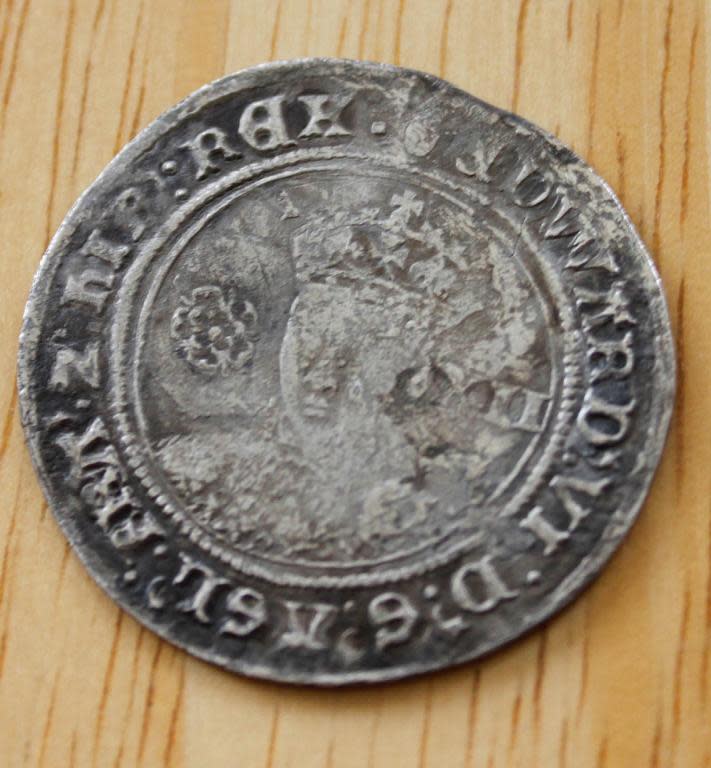
Victoria (Canada) (AFP) - An amateur treasure hunter with a hand-held metal detector has turned Canadian history on its head after finding a 16th century shilling buried in clay on the shores of Vancouver Island.
The
435-year-old coin discovered in western-most Canada has rekindled a
theory that a British explorer made a secret voyage here two centuries
before it was discovered by Spanish sailors.
Official
historical records show the Spanish were the first Europeans to set
foot in what is now Canada's British Columbia province in 1774, followed
four years later by British Royal Navy Captain James Cook.
Retired
security systems installer Bruce Campbell found the coin in
mid-December, along with a rare 1891 Canadian nickel, a 1960s dime and
penny from 1900.

If it is ever corroborated, it
could have implications for Canada and the United States, whose shared
border was drawn based partly on past European colonial land holdings.
The
49th parallel was chosen in 1818 as the western boundary between the
United States and the British colony, but disputes over interpretations
of the treaty erupted on several occasions since then.
The last row was settled in 1903 by a joint British, Canadian and US tribunal establishing Canada's boundary with Alaska.
No comments:
Post a Comment